Financial Decision Making for TUI Travel PLC: An Expansion Plan
VerifiedAdded on 2021/04/17
|20
|1442
|31
Report
AI Summary
This report analyzes the financial decision-making process of TUI Travel PLC, a major UK travel and tourism company, for expansion planning. The report examines the company's profit/loss trends, relevant sources of finance including personal investment, venture capital, angel investors, and government grants. It delves into cost behavior, differentiating between fixed and variable costs, and discusses the importance of cash flow management, including a mention of the company's cash flow loss and increase in capital. The report highlights the significance of Cost-Volume-Profit (CVP) analysis in decision-making and suggests appropriate pricing strategies such as rack rates, seasonal pricing, and discounting. Recommendations are provided for TUI Travel PLC, including the use of various funding sources, consideration of cost behavior, CVP analysis, and strategic pricing. The report is supported by several academic references.
1 out of 20
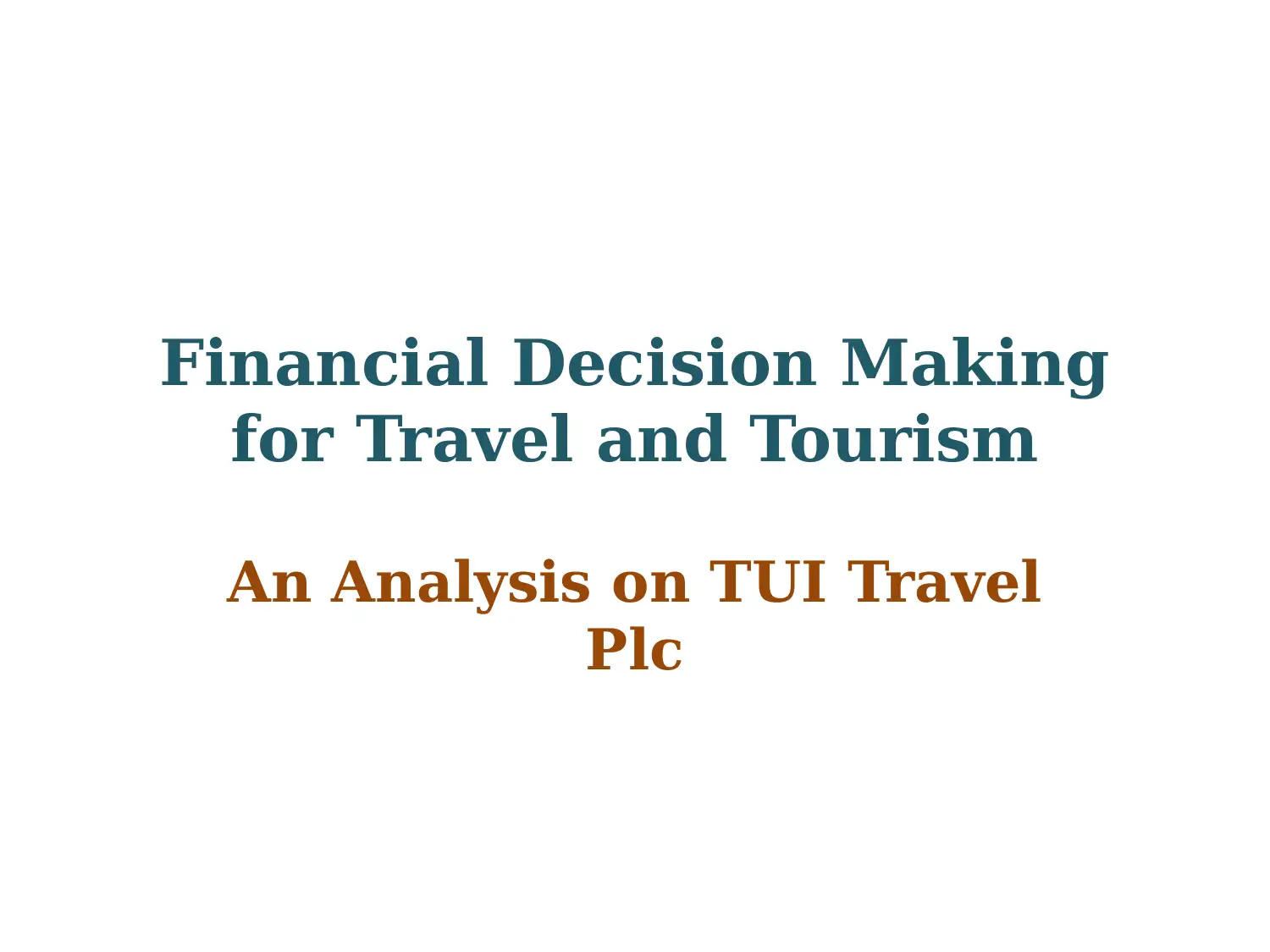
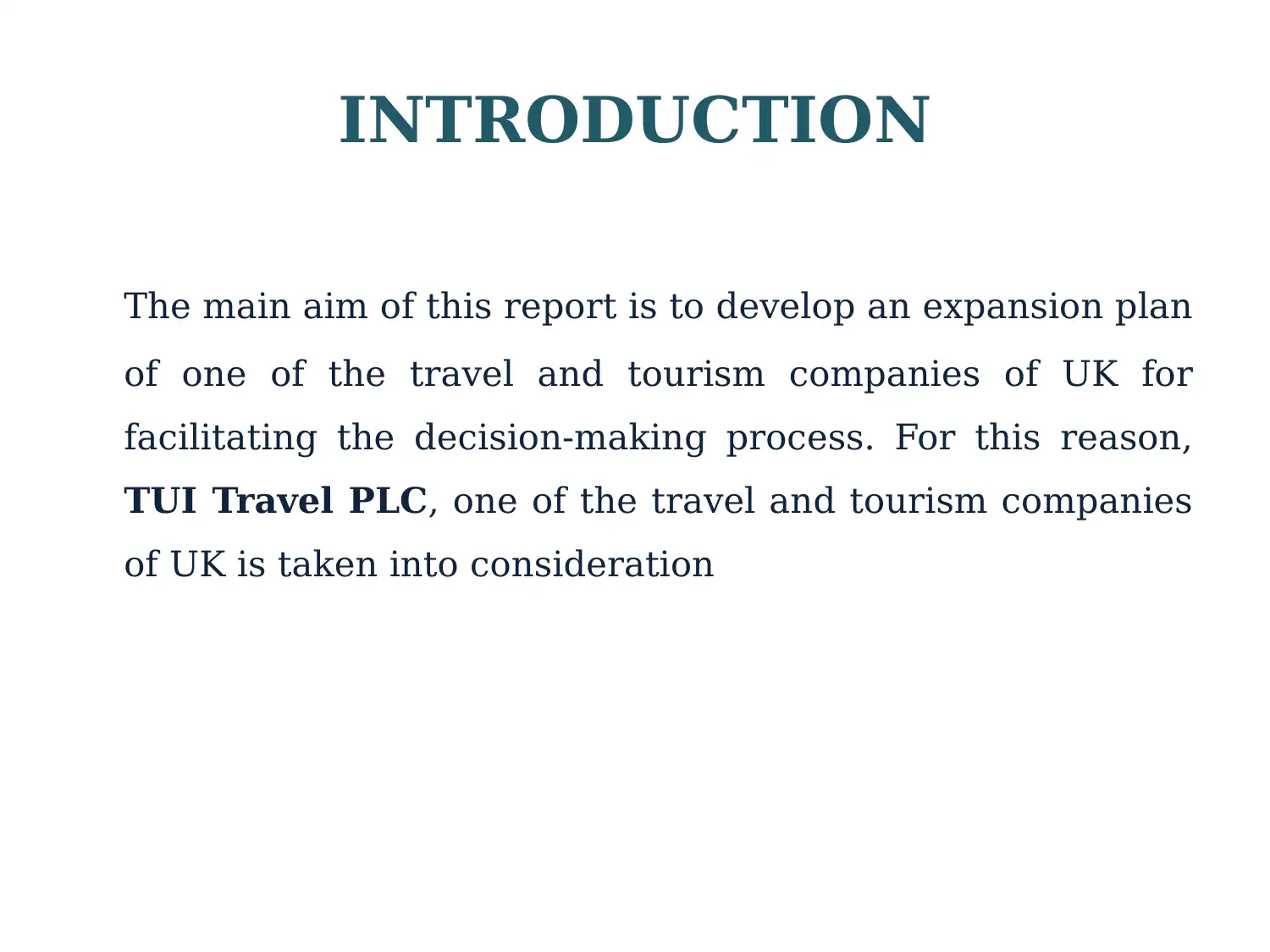
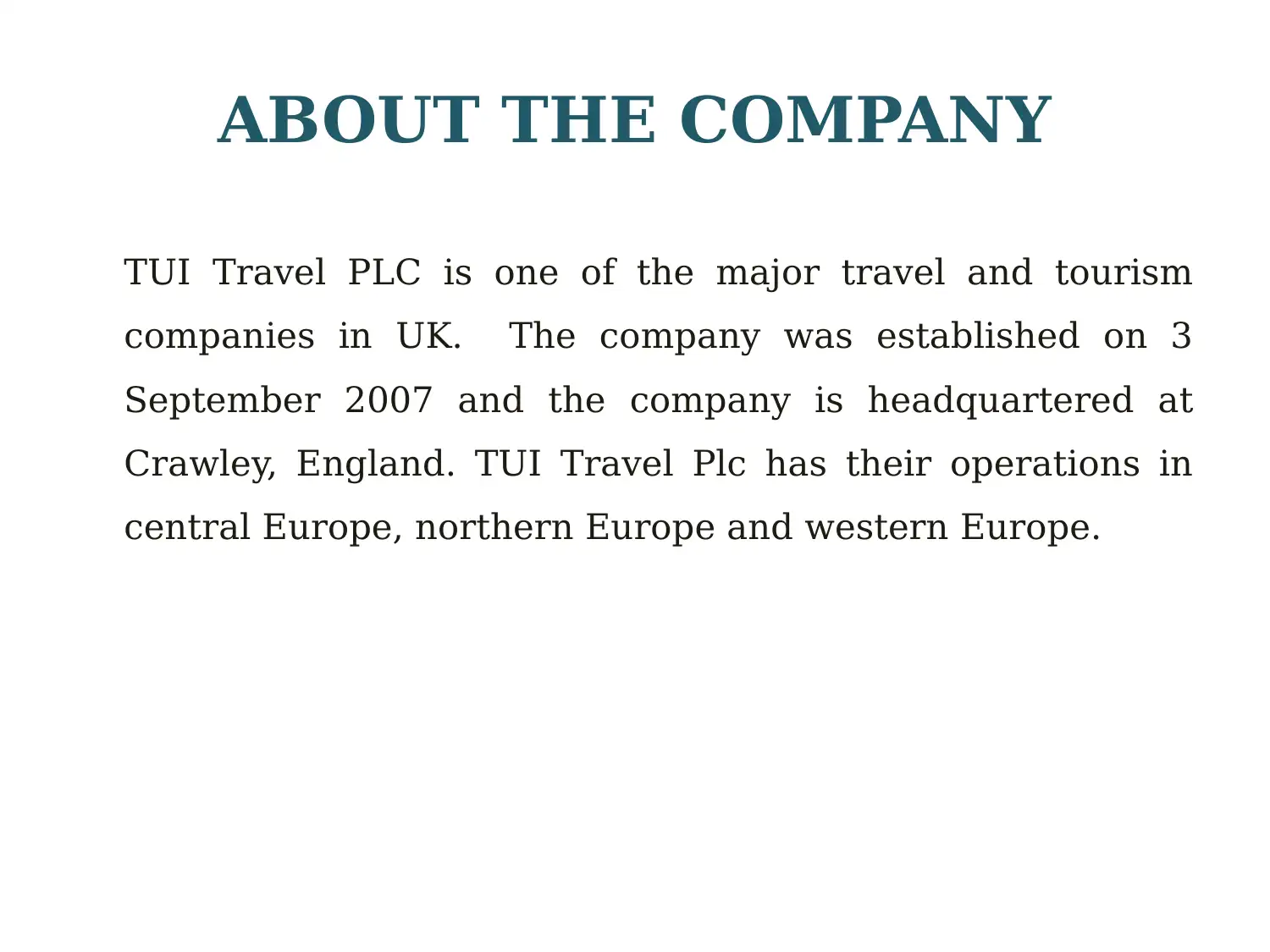

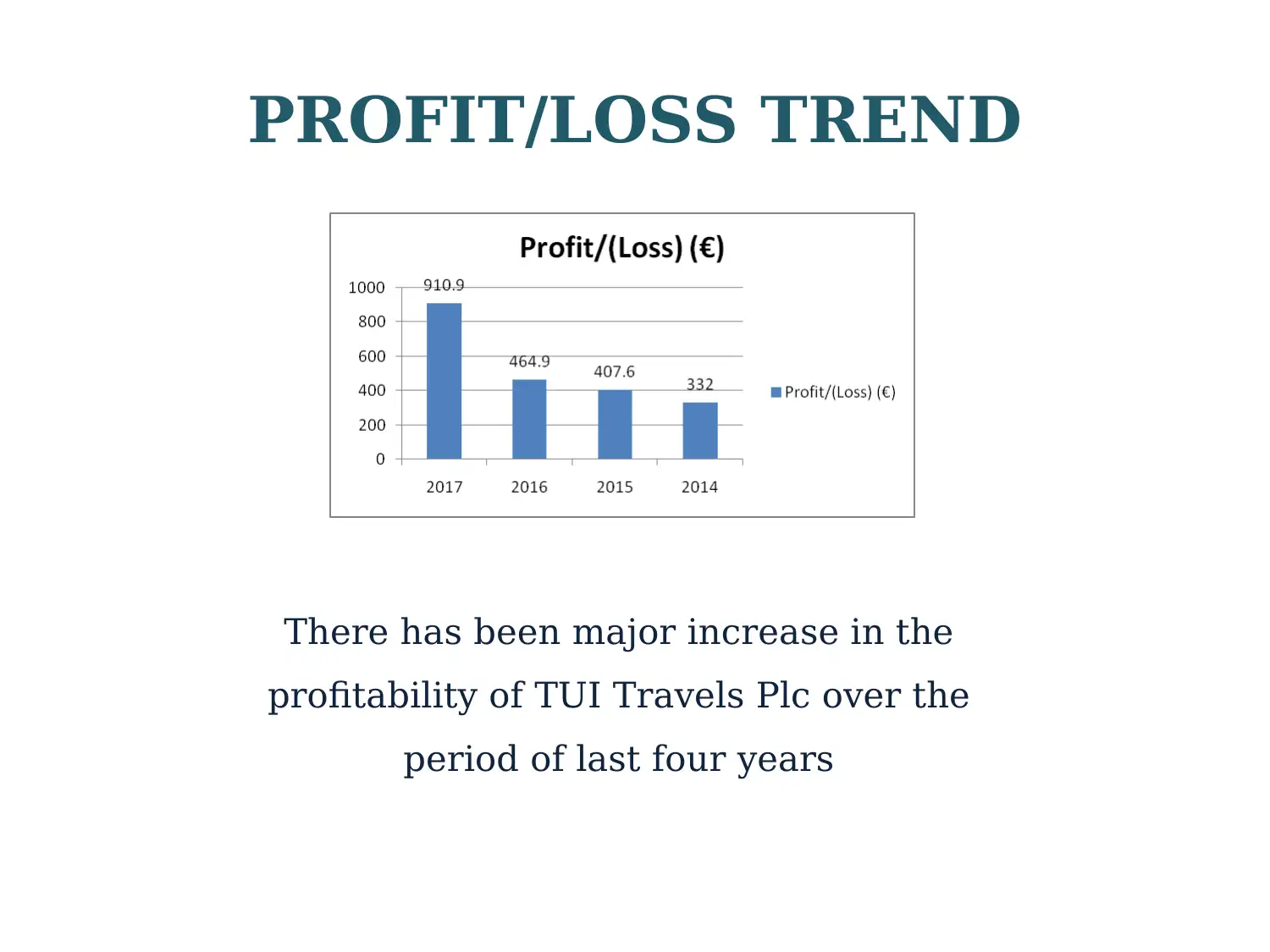
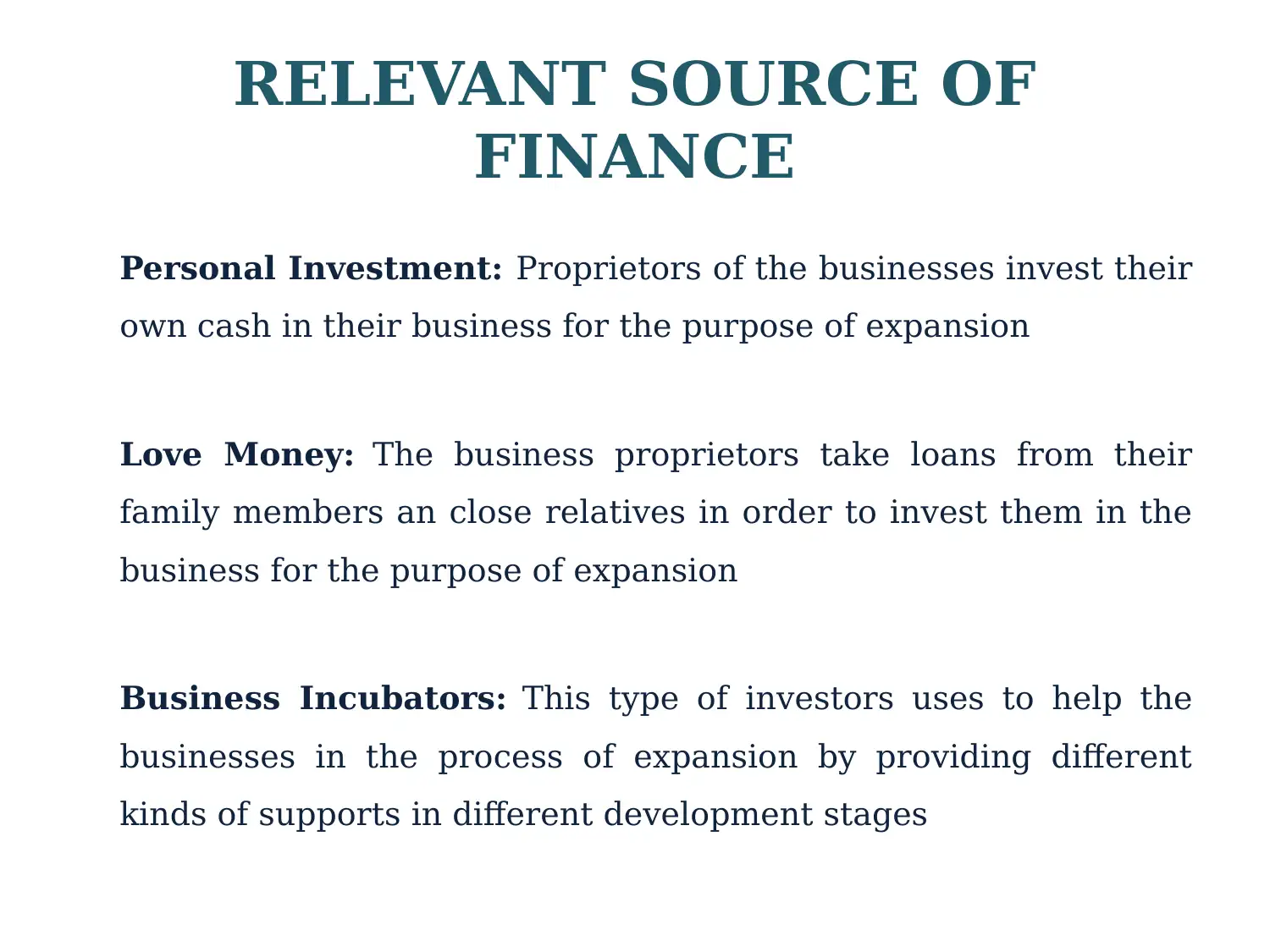
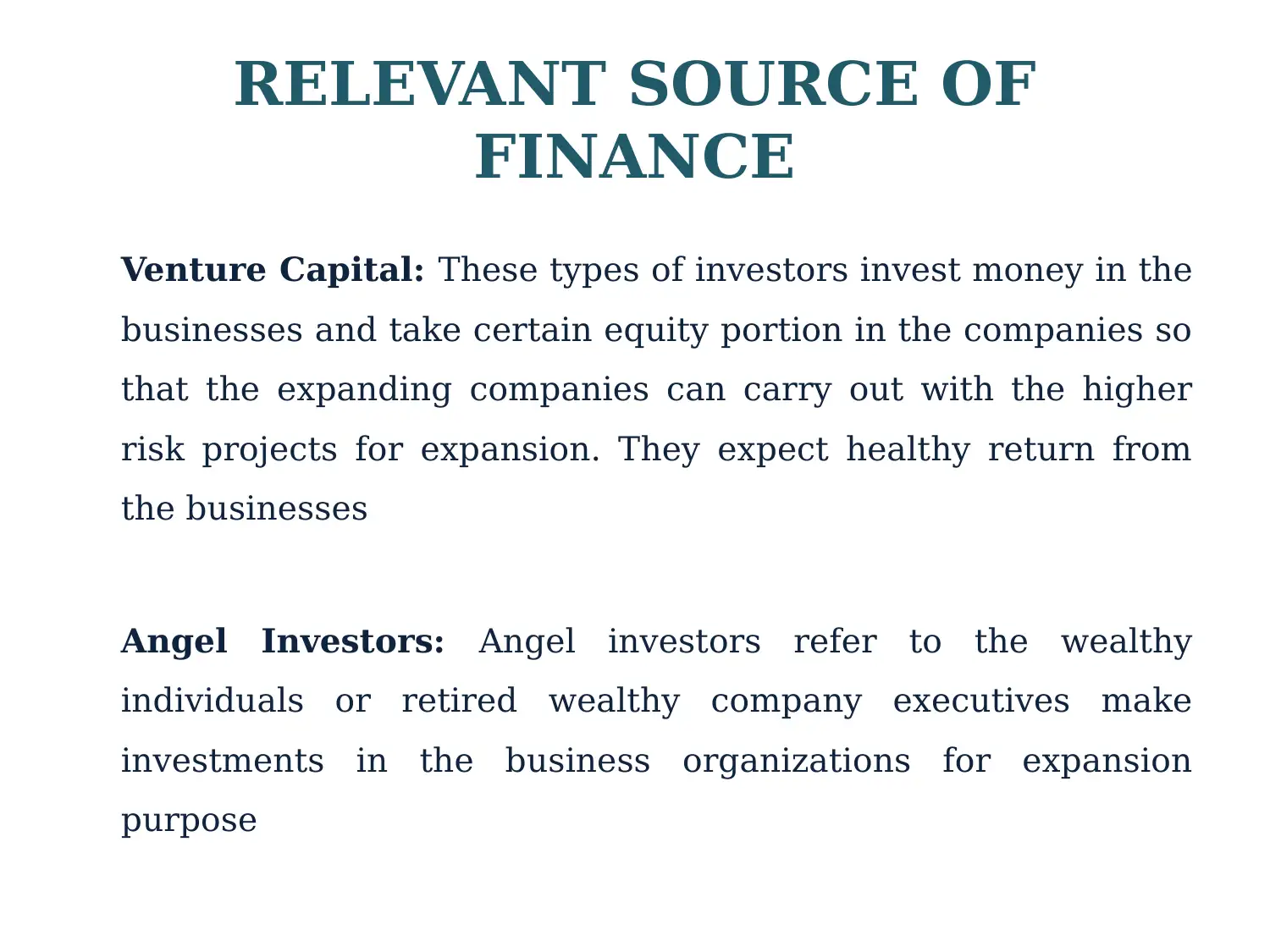
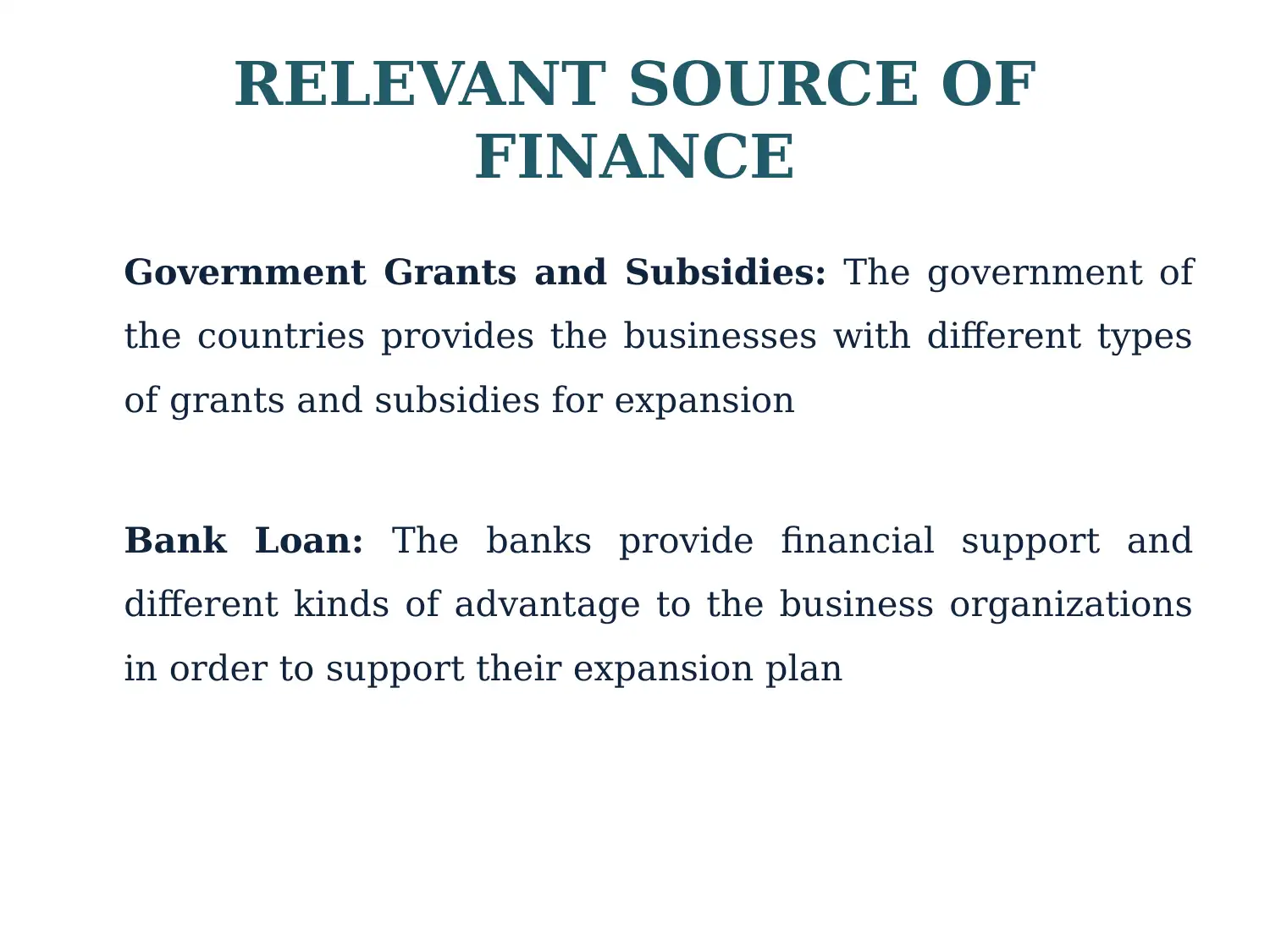
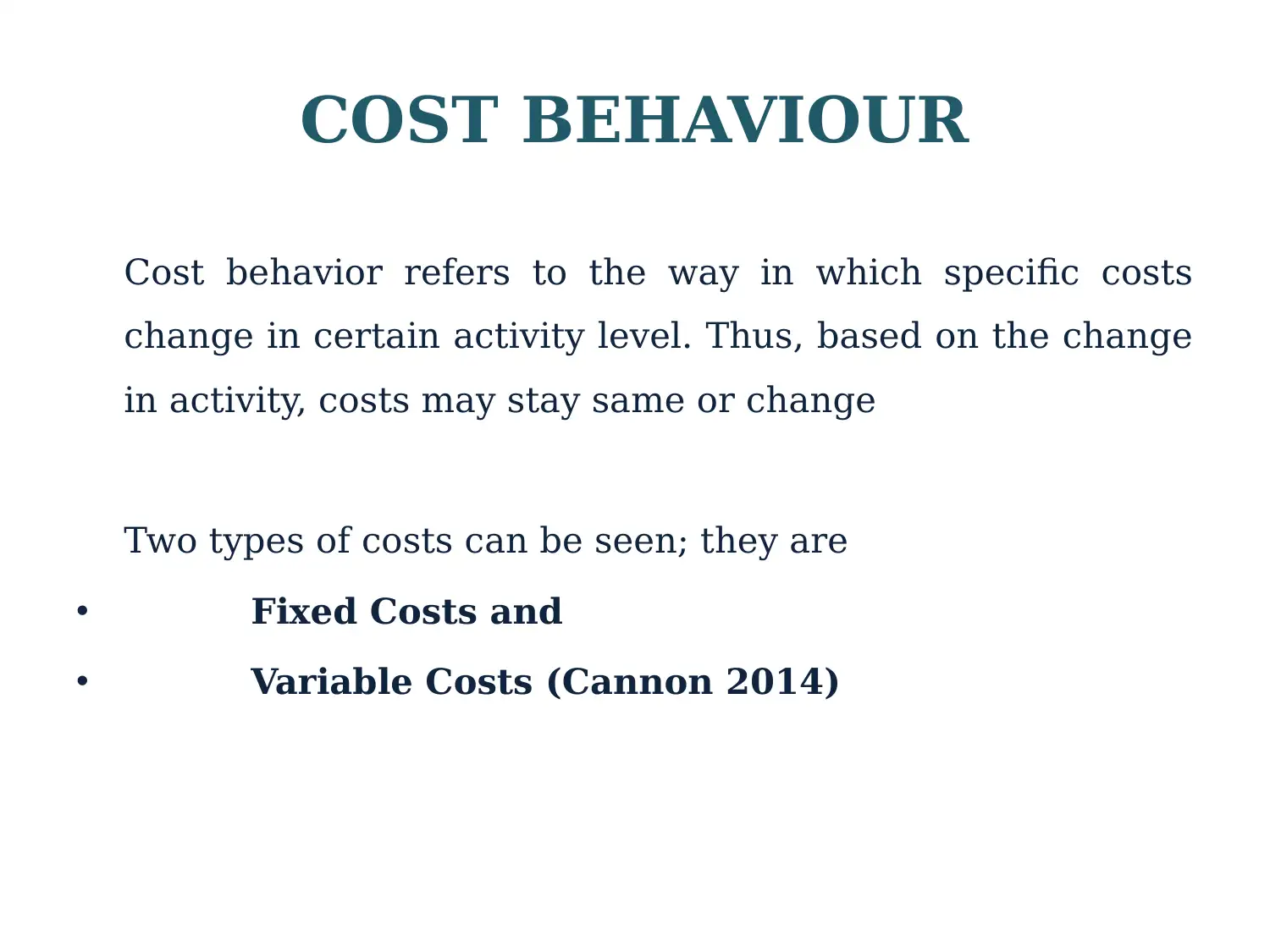
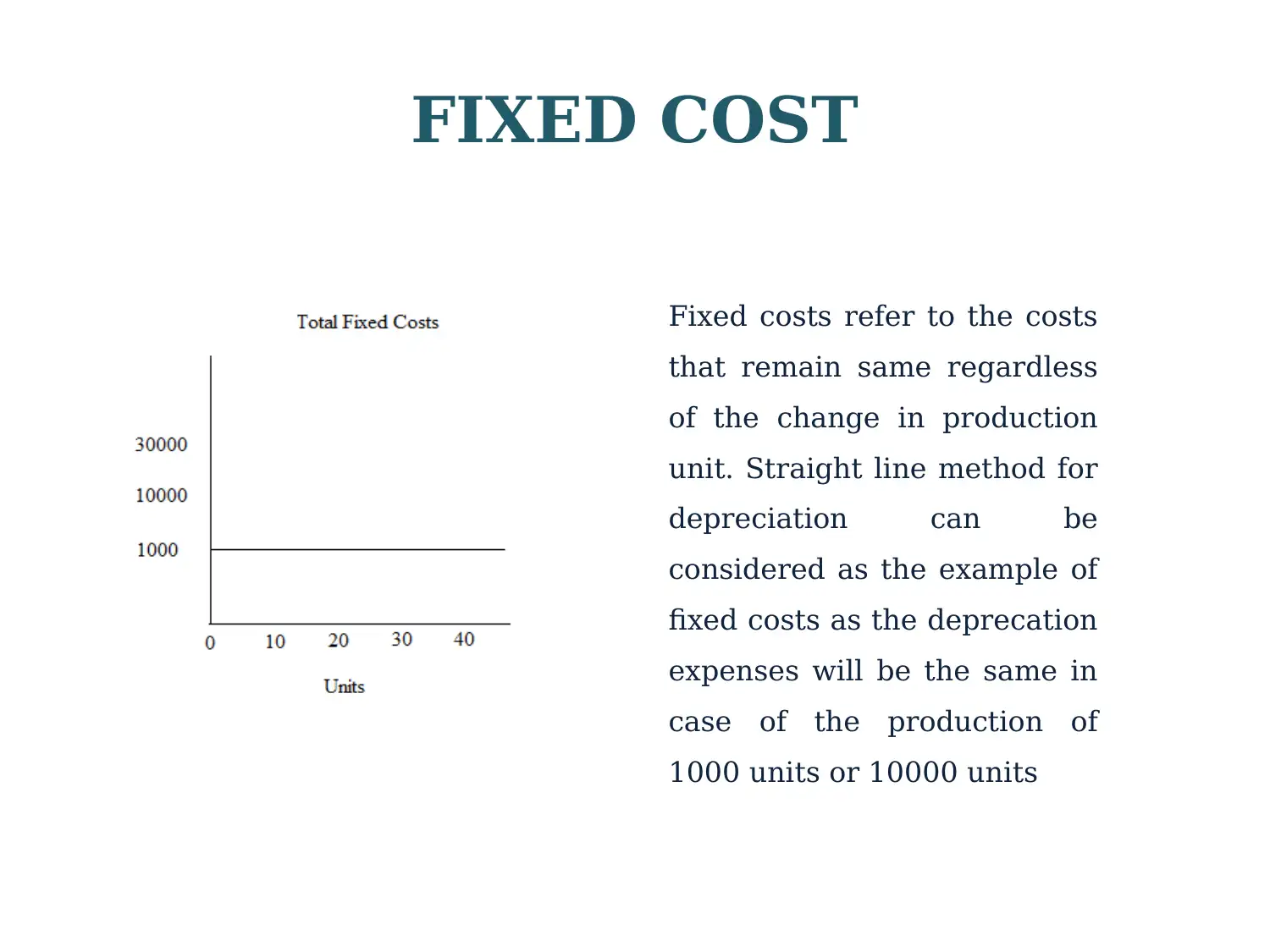
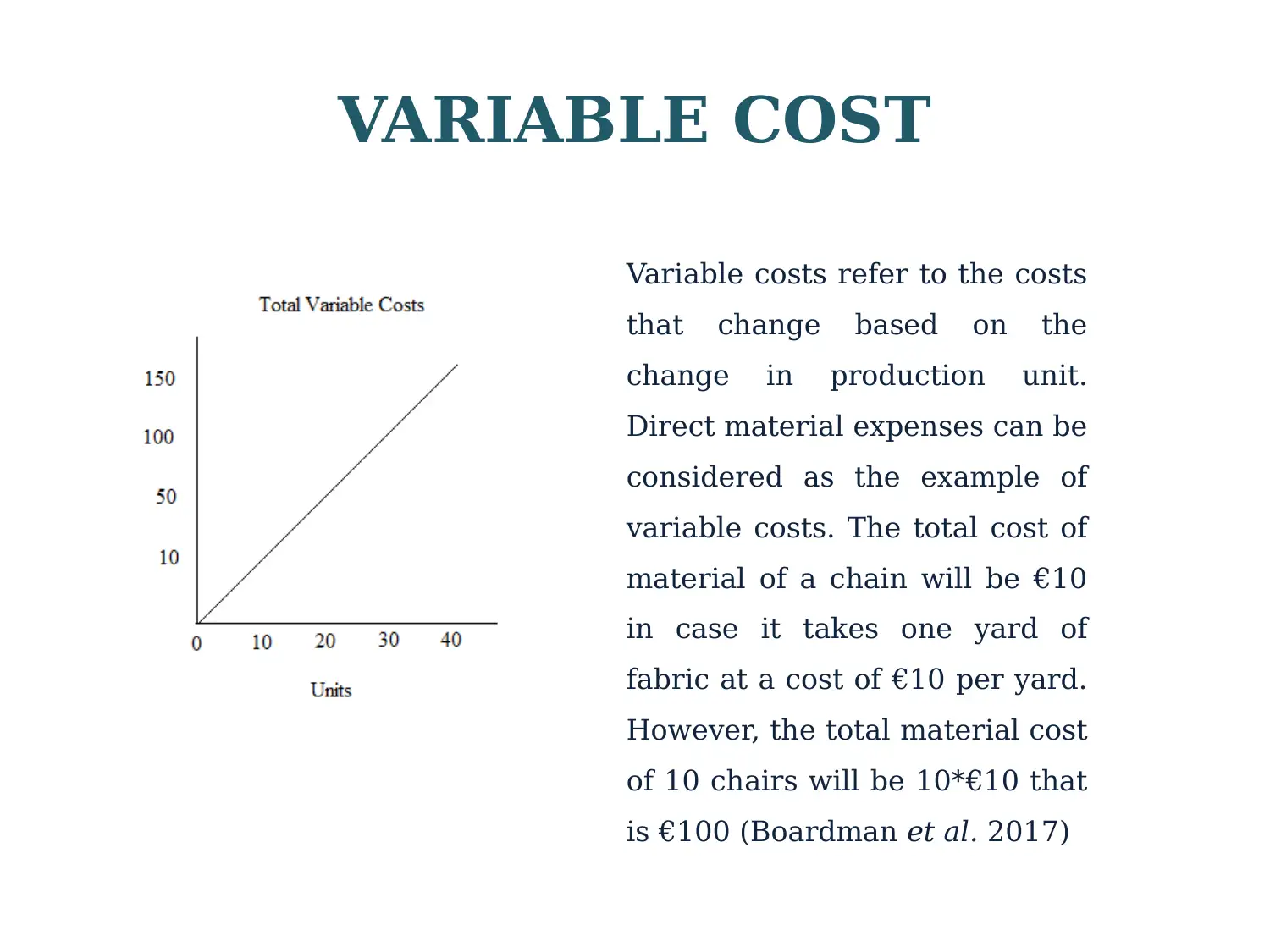
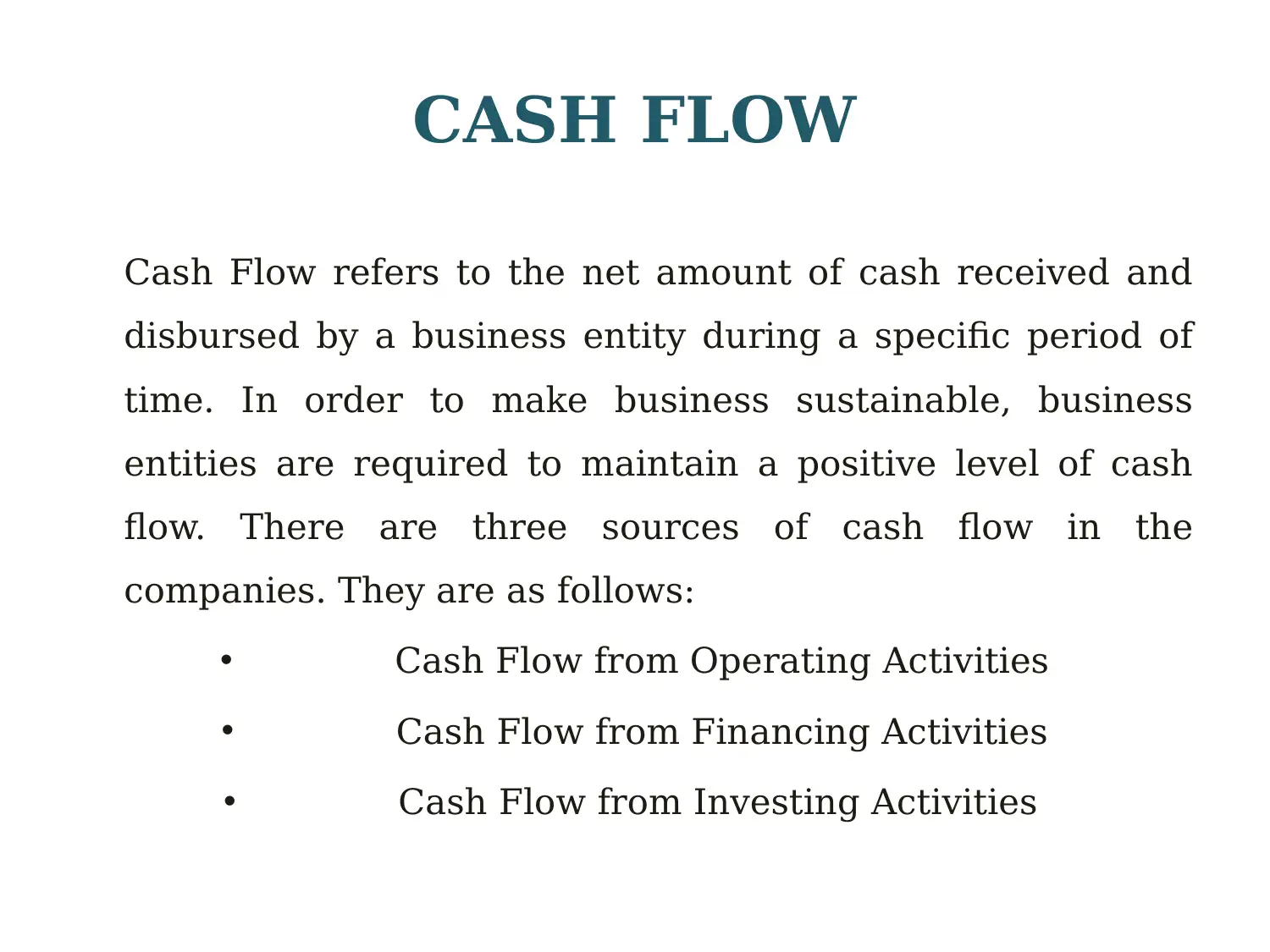
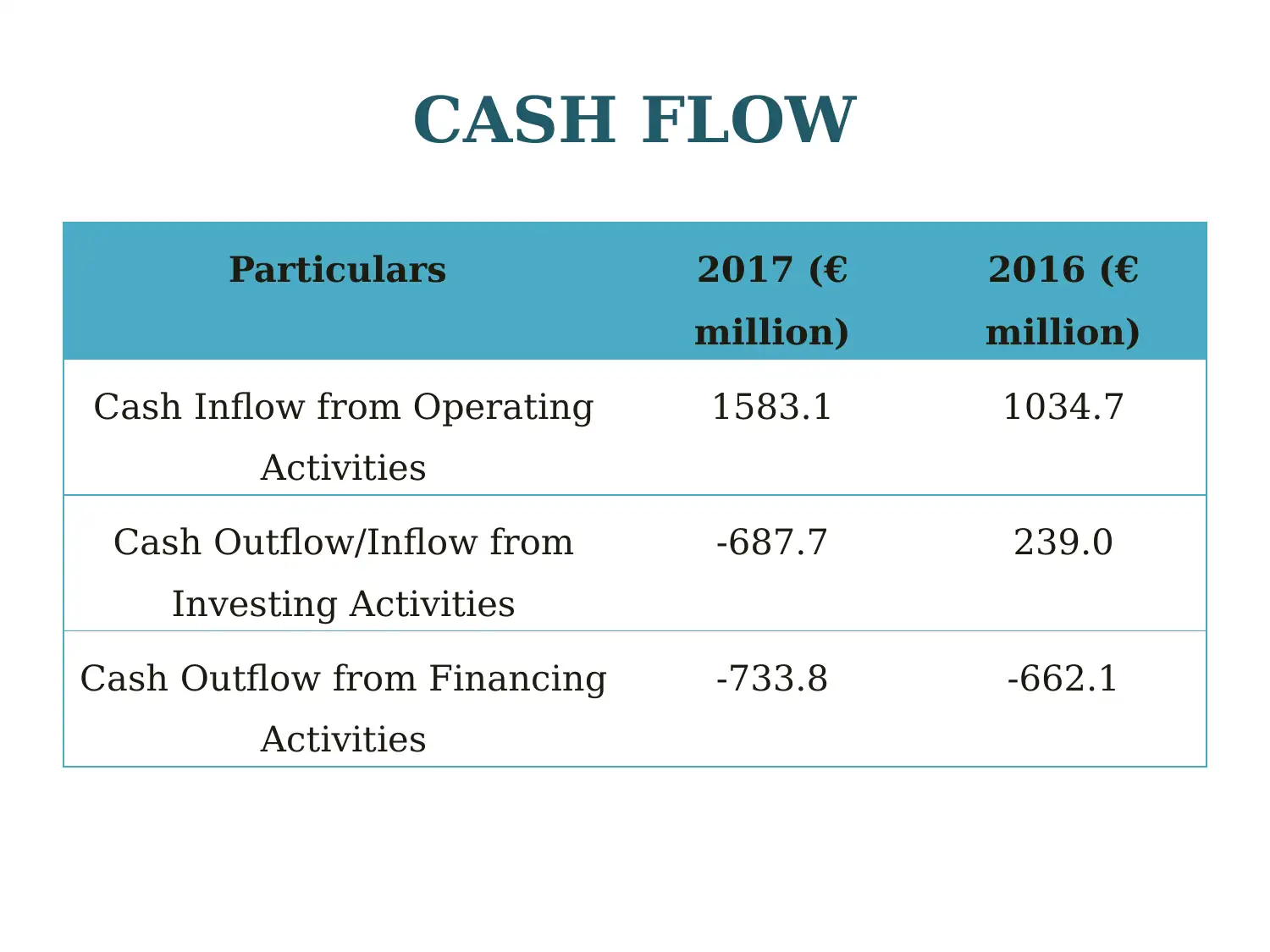






![[object Object]](/_next/static/media/star-bottom.7253800d.svg)